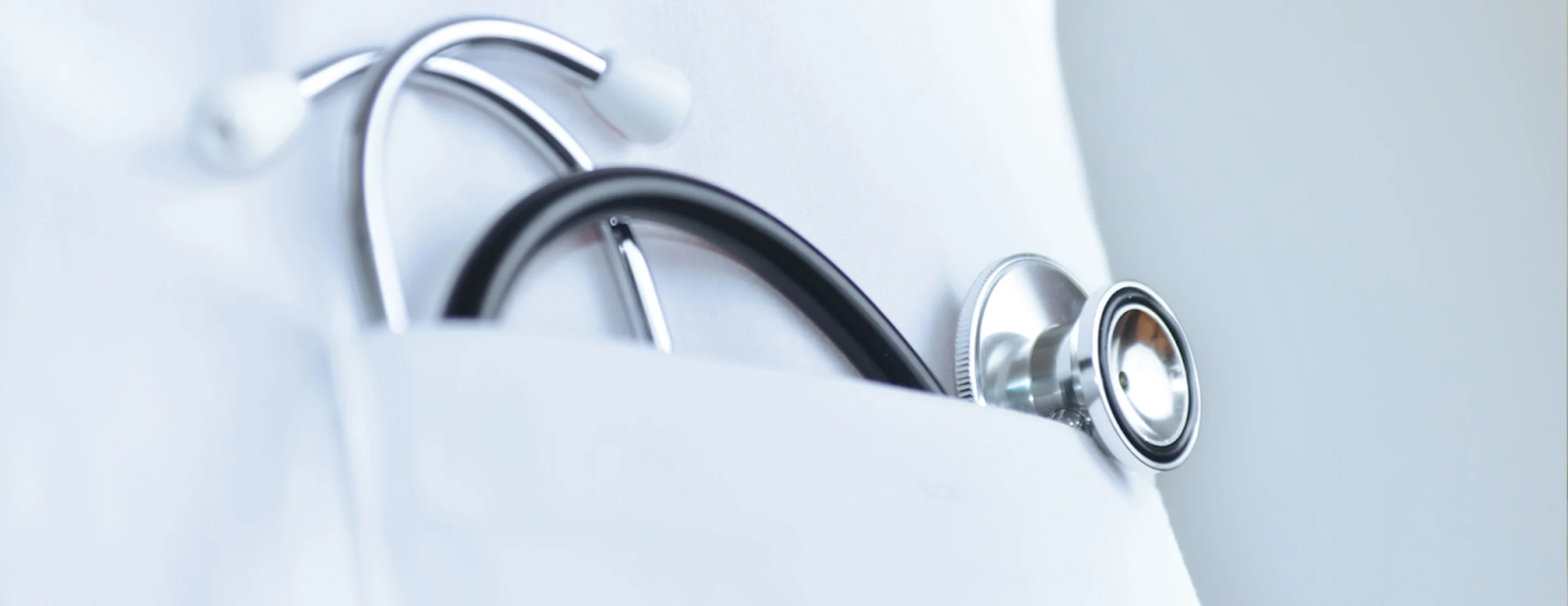Experiencing an abortion, whether for medical or personal reasons, is a significant event that requires proper post-abortion treatment to ensure physical and emotional recovery. Understanding what to expect and how to care for yourself afterward is essential for a healthy recovery. This article provides a comprehensive guide to post-abortion treatment, covering what to expect physically and emotionally and steps to ensure optimal care.
1. Understanding Post-Abortion Physical Recovery
After an abortion, the body requires time to heal. Physical recovery time varies depending on the type of abortion procedure, individual health, and how far along the pregnancy was.
Expected Physical Symptoms
In the days following an abortion, it’s common to experience symptoms similar to those of a menstrual period, including:
- Cramps: Mild to moderate cramping can last a few hours or several days.
- Bleeding: Light bleeding or spotting can continue for up to two weeks.
- Breast Tenderness: Some individuals may experience breast tenderness for a few days.
- Fatigue: The body may feel drained as it recovers, requiring additional rest.
These symptoms are usually manageable but can vary from person to person. If severe pain, heavy bleeding, or fever occurs, it’s essential to seek medical attention, as these may indicate complications.
2. The Importance of Medical Follow-Up
One of the most important aspects of post abortion treatment is attending a follow-up appointment, typically scheduled one to two weeks after the procedure. This appointment allows a healthcare provider to:
- Ensure that the abortion was complete and that no tissue remains, which could lead to infection.
- Address any unusual symptoms or discomfort you may be experiencing.
- Provide guidance on family planning and contraception if desired.
A follow-up is especially critical after a surgical abortion, as complications are rare but possible.
3. Emotional Well-Being and Support
Emotional responses after an abortion vary widely and are deeply personal. Some individuals may feel relief, while others may experience sadness, guilt, or anxiety. Emotional healing is an essential component of post-abortion treatment and can benefit from support from loved ones or mental health professionals.
Accessing Mental Health Resources
- Counseling and Therapy: Speaking with a mental health professional can provide a safe space to explore and process emotions.
- Support Groups: Some people find comfort in joining support groups, where they can connect with others who have had similar experiences.
- Self-Care Practices: Activities like journaling, meditation, or light physical exercise may help reduce stress and promote emotional resilience.
The emotional aspect of post-abortion treatment should not be overlooked. Supportive networks, whether professional or personal, can significantly aid recovery.
4. Physical Self-Care During Recovery
Proper self-care can help alleviate symptoms and promote a faster recovery. Here are some recommendations to consider:
Managing Discomfort
- Pain Relief: Over-the-counter pain relievers, such as ibuprofen, can help manage cramps.
- Heat Therapy: A heating pad or warm compress applied to the lower abdomen may alleviate cramping.
- Adequate Rest: Resting allows the body to recuperate, especially in the first few days post-procedure.
Hygiene and Infection Prevention
Maintaining hygiene is crucial to avoid infection during the healing process. Some general practices include:
- Avoiding Tampons and Sexual Activity: For at least two weeks post-abortion, it’s best to use sanitary pads and avoid sexual intercourse, as the cervix may still be open, increasing the risk of infection.
- Avoiding Baths and Swimming Pools: Stick to showers for the first two weeks to prevent bacteria from entering the body.
- Regular Handwashing: Practice good hygiene by washing hands before and after using the bathroom to reduce the risk of infection.
5. Understanding Possible Complications
While complications are rare, they can occur. Knowing what to watch for is a crucial part of post-abortion treatment, as prompt intervention can prevent serious issues. Possible complications include:
- Infection: Symptoms include fever, chills, and foul-smelling discharge. Seek medical help immediately if these symptoms arise.
- Excessive Bleeding: Heavy bleeding that soaks through more than one pad per hour may require immediate attention.
- Severe Pain: If pain is not relieved by over-the-counter medication or persists, contact your healthcare provider.
Always follow the specific post-abortion treatment guidelines provided by your healthcare provider, as individual circumstances can differ.
6. Long-Term Considerations for Health
Once physical recovery is underway, it’s also essential to consider long-term reproductive and general health. This may include:
- Contraceptive Planning: Fertility can return quickly after an abortion, so if pregnancy prevention is desired, consider discussing contraceptive options with your provider.
- Regular Health Screenings: Continue regular check-ups, including pelvic exams and screenings for reproductive health.
- Adopting a Healthy Lifestyle: A balanced diet, regular exercise, and avoiding smoking or alcohol abuse contribute to overall health and well-being.
Each individual’s journey is unique, and ongoing care can provide a sense of stability and wellness post-recovery.
7. When to Seek Professional Help
While mild symptoms are normal, it’s essential to know when to reach out for medical help during post-abortion recovery. Contact a healthcare provider if you experience:
- Persistent or severe pain
- Heavy bleeding that doesn’t lessen over time
- Fever, chills, or signs of infection
Remember, seeking help promptly can prevent complications and ensure a smoother recovery.
Conclusion
Post-abortion treatment involves physical, emotional, and medical care, and understanding these aspects can make recovery more manageable. By following medical guidance, practicing self-care, and addressing emotional needs, individuals can foster a safe and healthy path to recovery. Prioritize follow-up appointments, be aware of potential complications, and remember that professional help and support networks are available if needed.


